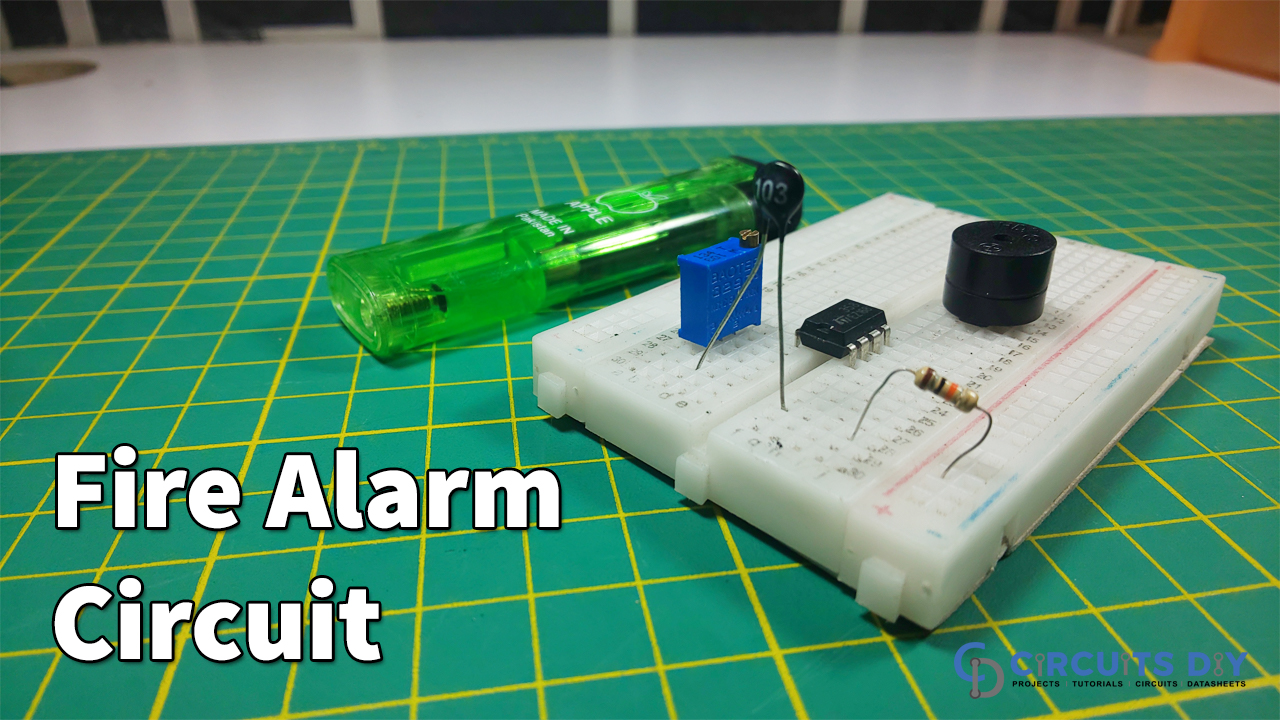Introduction
“Safety comes first”. This is the phrase that you and I hear since our childhood, and that’s okay, completely fine. Because we also think that safety should always be our priority, no matter what. Many parameters can affect our environmental safety. And, for sure, fire comes above on that list. Fire can happen anywhere, at any place. Several temperature sensors and indicators are available in the market. But, here in this article, we are making an alarm by ourselves. So, in this tutorial, we are going to make a simple “Fire Alarm Circuit”.
Every place needs safety. But, some specific places need regular fire safety alarms. For example, industries. As you know that industries have furnaces, freezing substances, and melting machines, therefore in industries and the industrial process, temperature indicators, and fire alarms should always be there. Usually, they are used to determine the temperature readings or levels. Moreover, it prevents the machines and environment from any hazardous or physical harm.
To make this alarm circuit, we are going to use LM358 ic and thermistor as our major components. Let’s first discuss their features.
Hardware Components
The following components are required to make a Fire Alarm Circuit
| S.no | Component | Value | Qty |
|---|---|---|---|
| 1. | IC | LM358 | 1 |
| 2. | Thermistor | 10k | 1 |
| 3. | Resistor | 10k | 1 |
| 4. | Variable Resistor | 50k | 1 |
| 5. | Buzzer | – | 1 |
| 6. | Breadboard | – | 1 |
LM358 Pinout

For a detailed description of pinout, dimension features, and specifications download the datasheet of LM358
Fire Alarm Circuit

Working Explanation
In this fire alarm circuit, we are using the NTC thermistor, as the temperature increases, the thermistor’s resistance decreases, and current flows to the circuit. Now due to this, the output of the voltage divider connected to the circuit gets increased. Since this output is going to the non-inverting pin of an IC, therefore, in this case, this input will become more than the inverting pin. As a result, buzzer beeps are connected to the output pin of an op-amp IC.
Applications and Uses
- In industries.
- For kitchens.
- Restaurants, offices, and every other place that needs safety.







